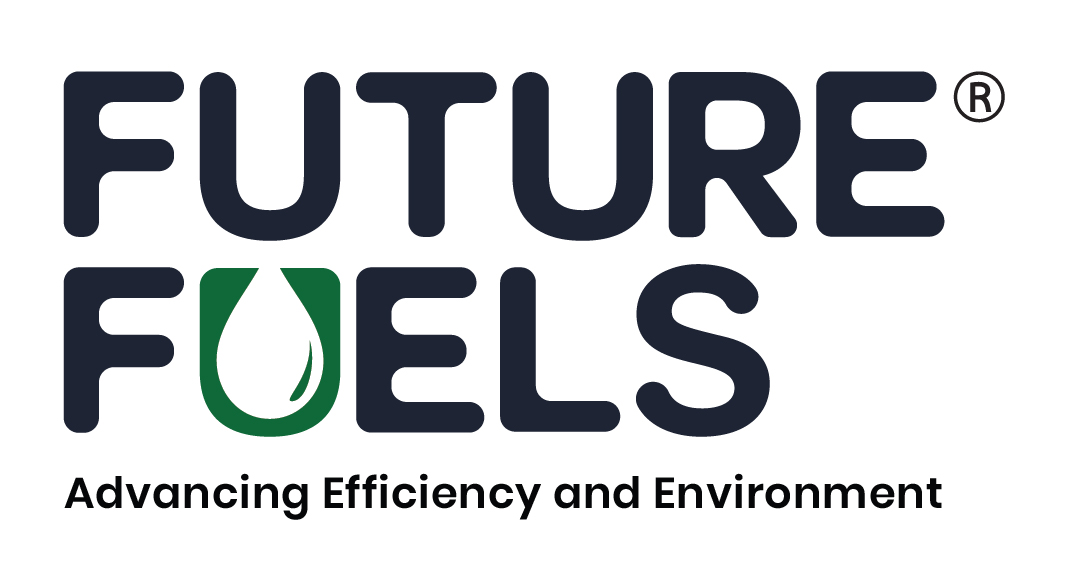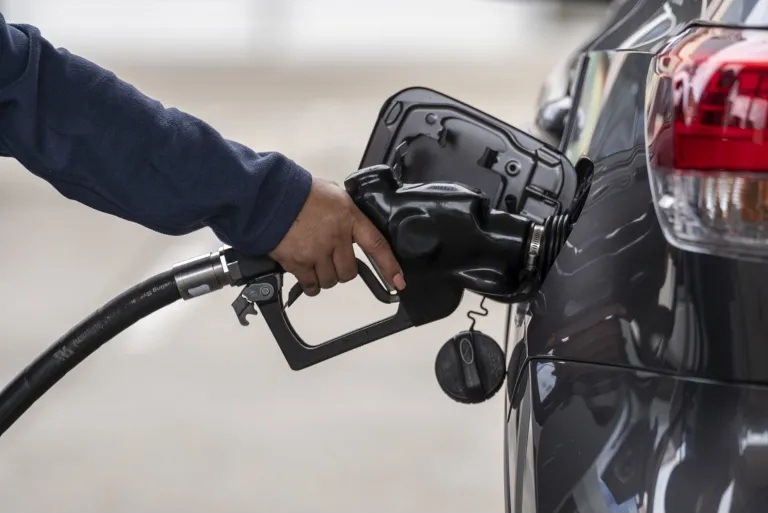While President Biden is fretting about high gasoline prices, even going as far as asking OPEC+ to raise oil output, US refiners are exporting the most gasoline in three years.
Shipments of the fuel in the first eight months of the year rose to 802,000 barrels a day, the highest for the period since 2018, before the pandemic started. At the same time, American drivers are paying the highest prices at the pump since 2014. Overseas demand is only set to increase going forward as Mexico, the top importer of U.S. gasoline, is still in the early stages of recovering from the pandemic.
The high rate of gasoline exports shine a light on the wider global oil demand picture and underscore the limitations the Biden Administration has in keeping retail prices in check. U.S. Energy Secretary Jennifer Granholm said the government is “looking at” a release of crude from the Strategic Petroleum Reserve. But that would only temporarily resolve the underlying tightness in the crude market, according to oil consultancy Energy Aspects.
“The White House itself has limited options in what it can actually do,”said Krista Kuhl, a Houston-based oil consultant with FGE. One of which being an emergency release of crude supplies from the Strategic Petroleum Reserve. An emergency release has only happened three times in the almost 50 years since the SPR was created.
Most U.S. gasoline exports go to Latin America. Refiners shipped 139,000 barrels a day to Brazil, the highest volume in data going back to 1945. Mexico, America’s biggest foreign buyer of gasoline, still hasn’t recovered to pre-Covid levels but should in the next two years as its economy bounces back from the pandemic.
Pain at the pump isn’t just a U.S. problem. Prices south of the border are also high because the U.S. dollar is so strong that it’s making imports suddenly more expensive. Gasoline prices in Brazil went up 46% this year and are the highest in data going back to 2013. In Mexico, gasoline prices are so high that some Mexicans might drive into the U.S. to fill up their tanks when the borders reopen on Monday.
The pull from Latin America is expected to remain strong despite the uneven post-pandemic recovery in the region, says Felipe Perez, a strategist at IHS Markit Ltd. Brazil, he says, is recovering faster than Mexico due to a “sizable” stimulus package and gas demand is expected to return to 2019 levels before the end of the year ahead of the summer in the Southern Hemisphere.
Mexico, which was experiencing an economic slowdown before the pandemic hit, and didn’t enact a stimulus package, should return to 2019 levels only at the end of 2023, Perez said. Despite the slowdown, Mexico remains the biggest foreign buyer of U.S. gasoline.
Higher gasoline prices in the U.S. shouldn’t hurt demand for now, says Urvish Patel, a London-based analyst with FGE. “This could be exacerbated if a further slowdown in manufacturing activity as a result of supply chain disruptions depresses trucking and economic activity, as has been the case in Europe recently,” he said.
Source: Bloomberg
Tags: Biden Administration, Exports, Gasoline, US Refineries



Recent Posts
Blue Marlin Becomes First Inland Cargo Vessel with Solar-Assisted Propulsion
ABB and Royal Caribbean Partner on 15-Year Deal to Drive Vessel Efficiency and Decarbonization
IET Establishes Centres of Excellence for Green Hydrogen and Electric Vehicle Research
SECI Cancels Green Hydrogen Hub Tender, Pauses Momentum on Flagship Mission
India Pushes Green Shipping and Sustainable Waterways in Northeast with ₹5,000 Crore Investment
Himachal Pradesh Plans Major Boost to Public Transport with E-Buses and Digital Upgrades
Ammonia-Fueled Container Feeder Design Marks Progress in Maritime Decarbonisation
ABS Develops Industry-Leading EV Battery Fire Simulation Modeling